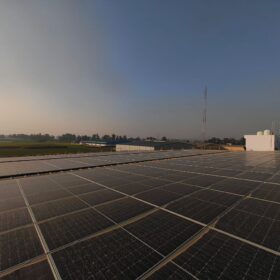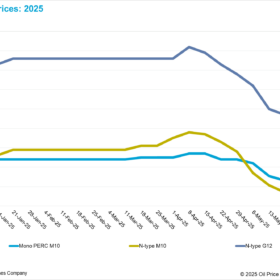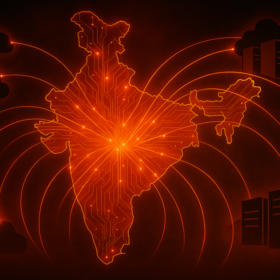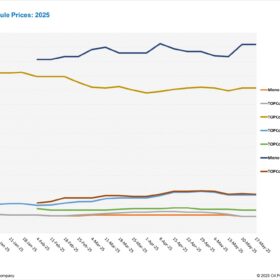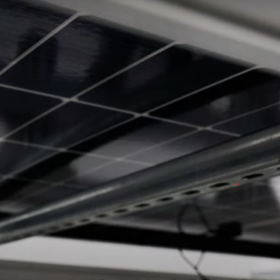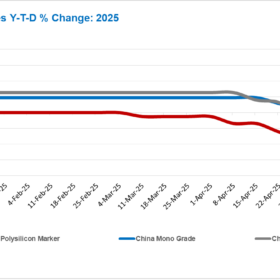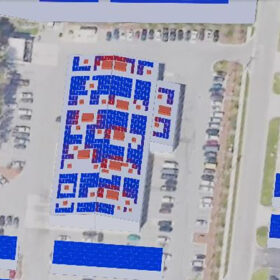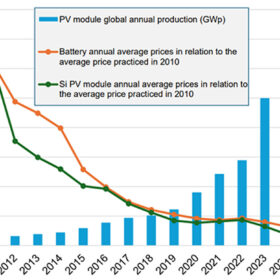The critical role of IPPs in driving 250 GW of new energy
At a time when many countries struggle with energy nationalism and policy flip-flops, India’s independent power producer (IPP)-driven model offers a decentralised, market-based, and scalable solution to clean energy growth. Their role in catalysing 250 GW of new capacity by 2030 will be central to India’s climate pledges under the Paris Agreement and its goal of net-zero emissions by 2070.
Solar wafer prices decline 22.78% since April peak
In a new weekly update for pv magazine, OPIS, a Dow Jones company, provides a quick look at the main price trends in the global PV industry.
India’s solar backbone can’t be outsourced: A case for secure, homegrown inverters
In a world where electricity defines sovereignty, allowing foreign-made devices to sit at the core of India’s solar infrastructure is nothing short of national negligence. In today’s age, power is not just electricity—it is sovereignty. We cannot afford blackout-level vulnerabilities induced by foreign-made solar inverter hardware with security loopholes.
Automation and AI in driving evolution in solar operations
The solar energy industry is capitalising on the integration of automation and AI. These technologies play an integral role in transforming solar operations from reactive and manual processes into intelligent, predictive and highly efficient systems.
China module prices steady amid bearish outlook
In a new weekly update for pv magazine, OPIS, a Dow Jones company, reports that TOPCon modules from China held steady at $0.083/W. Meanwhile, the spot price for U.S. TOPcon modules over 600 W was assessed this week at $0.263/W.
Beyond aluminium: How composite frames are redefining the solar module landscape
Manufacturers are integrating polymer-based frames into mass production, optimizing for rooftop and bifacial modules, and creating hybrid frames for challenging climates. The goal is consistent: reduce total cost of ownership without compromising durability.
Propagation of lithium-ion fires is the real threat
Live fire tests aim to demonstrate physical containment technology.
Polysilicon market seeks strategic solutions amid persistent pessimism
In a new weekly update for pv magazine, OPIS, a Dow Jones company, reports that pessimism in the global polysilicon market has deepened, driven by a persistent oversupply that exceeds buyers’ total monthly purchasing volumes. Several global polysilicon buyers have confirmed maintaining substantial inventories, which has contributed to the current subdued trading activity.
The next evolution in solar degradation, unavailability
US-based software provider Solesca presents new ways of handling PV system unavailability and solar module degradation. Engineers have a key role to play in this evolution, ensuring more accurate and reliable energy predictions for solar projects.
Falling Li-ion battery prices mirror solar photovoltaics trends: Is there a role for second-life batteries before recycling?
Lithium-ion batteries are everywhere, powering everything from consumer electronics to electric vehicles, residential PV storage systems, and, more recently, mitigating curtailment in large-scale wind and solar power plants. EVs are driving large-scale demand for Li-ion batteries which will result in substantial volumes of spent batteries in the near future. This scenario highlights the potential for repurposing EV batteries for second-life stationary applications, which could maximise their value before recycling. However, to fully realise this opportunity, several economic, technical, and regulatory challenges must be addressed and resolved.
